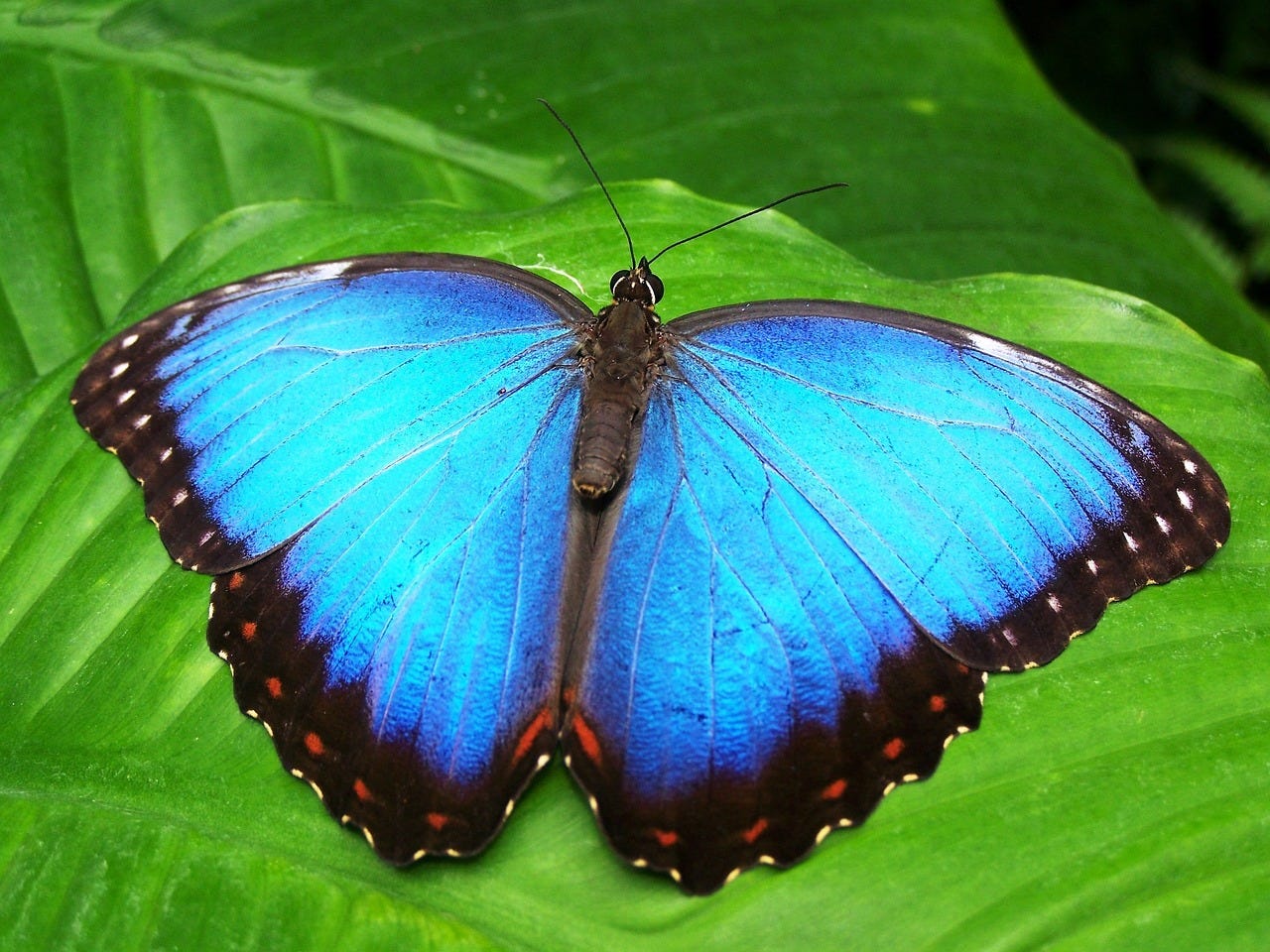Apprentices to the Master Engineer: How Biomimicry Implies Intelligent Design
By Melissa Cain Travis
“Humanity’s Biggest Challenges. Nature’s Proven Solutions,” reads the slogan for the Biomimicry Institute. On their website, which offers helpful information and resources for both students and industry professionals, one encounters phrases such as “nature’s wisdom,” “nature’s mastery,” and “nature’s solutions” to refer to the design excellence that humans can and should mimic to achieve technological innovation with eco-consciousness. The fields of scientific research and engineering that look to biological designs for the invention and improvement of human technology are called biomimetics and bioinspiration. Biomimetics directly copies mechanisms from nature, whereas bioinspiration adapts biological design principles for a specific application.
Using nature as a guide for human invention is a centuries-old practice. For example, Leonardo da Vinci’s conceptual drawings of flying machines from the late fifteenth century included a glider with bird-like wings. At the turn of the twentieth century, the Wright brothers’ observation of birds in flight inspired the slightly arched wing shape of their experimental aircraft. More recent examples of biomimicry include the Shinkansen bullet train in Japan, which has a beak-like structure on the front. Its design is inspired by the beaks of kingfishers, birds that are streamlined for diving through air and water. The beaked train is more aerodynamic, making it energy efficient and quieter when going through tunnels. Geckos’ toes, which have skin that allows them to cling to most any surface, have inspired specialized silicone used in several inventions, such as a device for climbing vertical glass surfaces. Solar cells have been developed that mimic the energy-production process of plant photosynthesis, and wind turbine blades have been modeled after the bumpy fins of humpback whales.
Time and again, designs in nature have led to significant technological innovations, and these are often far more earth-friendly than the conventional methods they’re meant to replace. An incredibly fascinating example comes from color chemistry research. The dyes, inks, and paints used in countless manufacturing applications are often toxic and thus have an appreciable impact on the environment and pose risks to human health. However, nature presents a wonderful alternative. Organisms like the brilliant blue morpho butterfly feature a phenomenon known as structural color. Here’s how it works.
Keep reading with a 7-day free trial
Subscribe to The Worldview Bulletin Newsletter to keep reading this post and get 7 days of free access to the full post archives.



